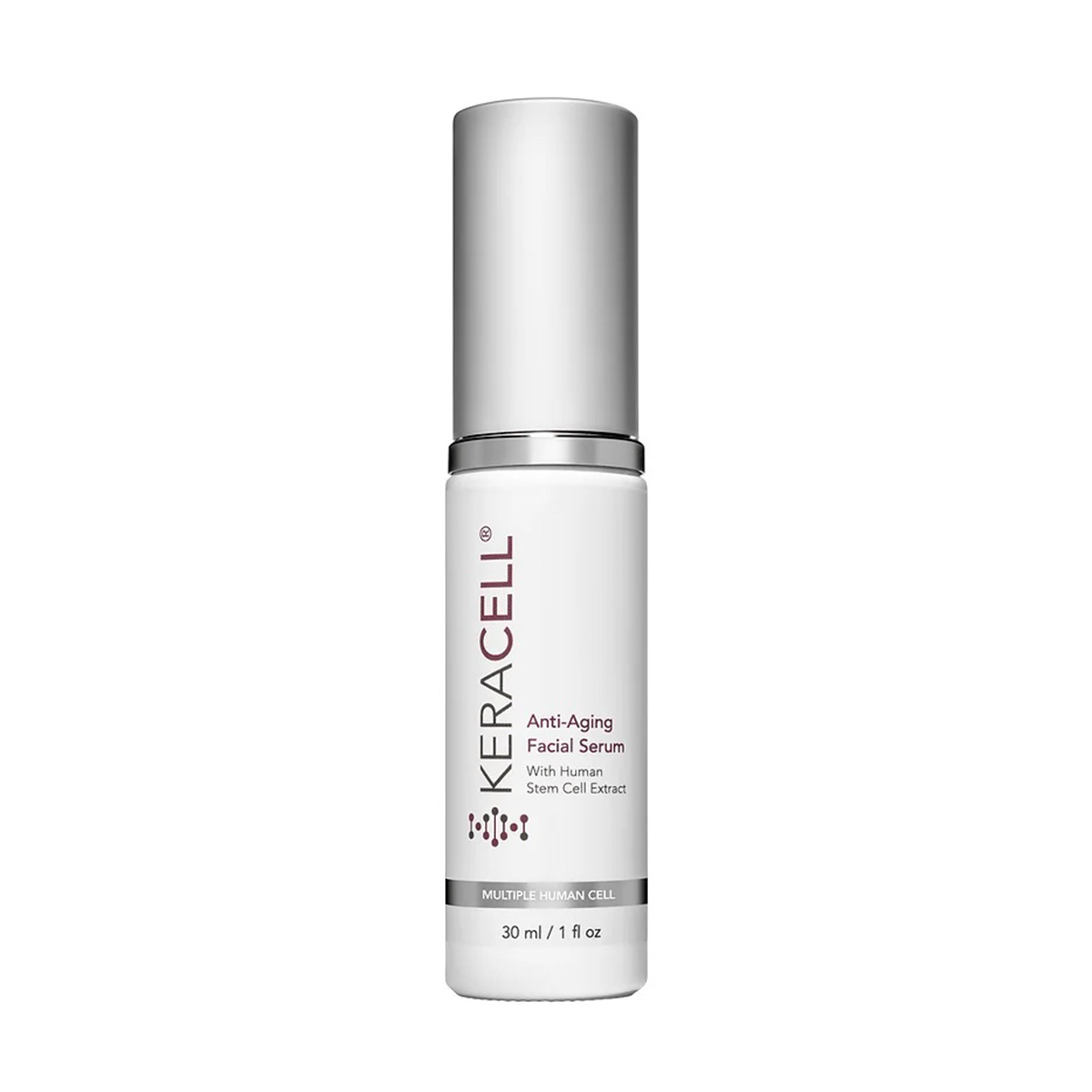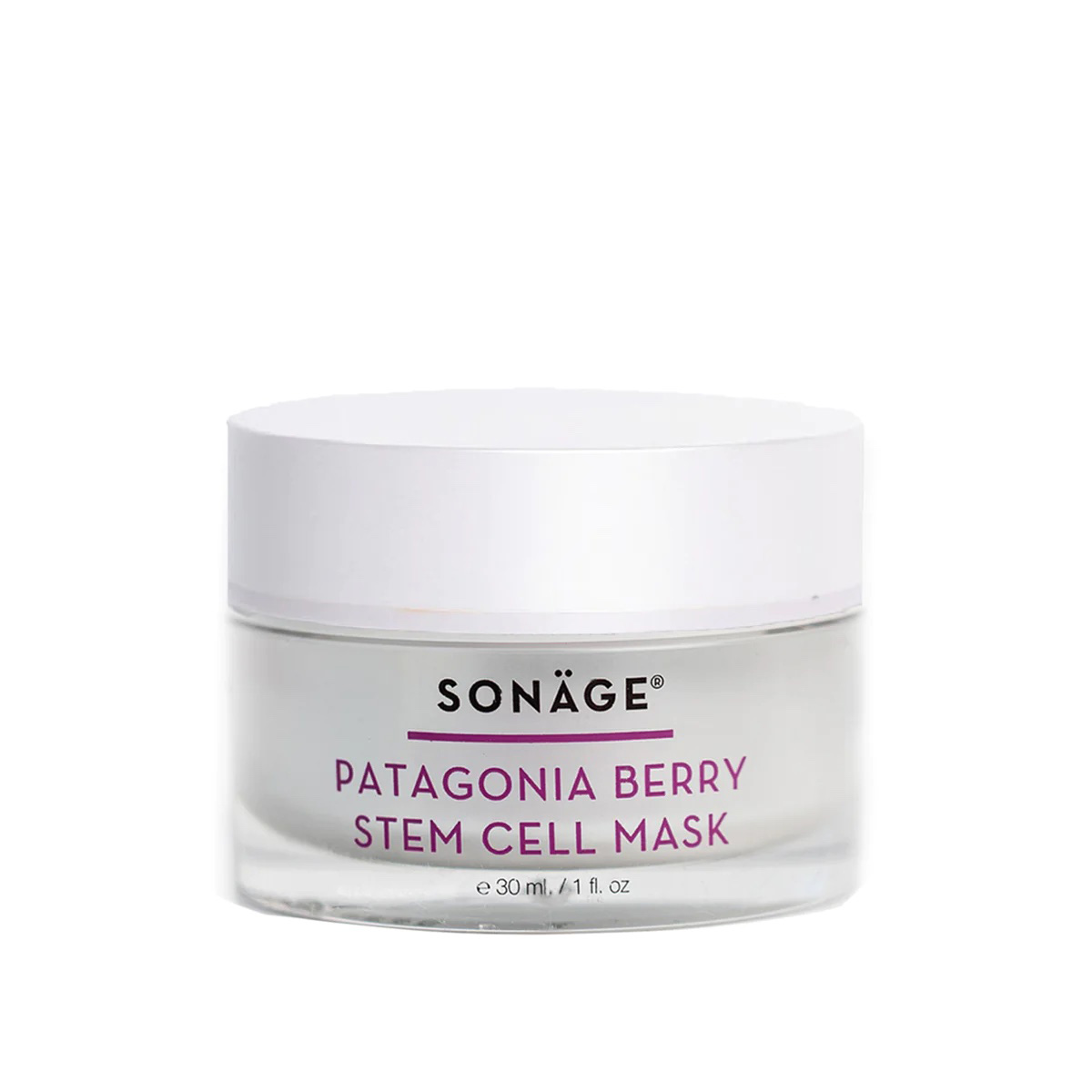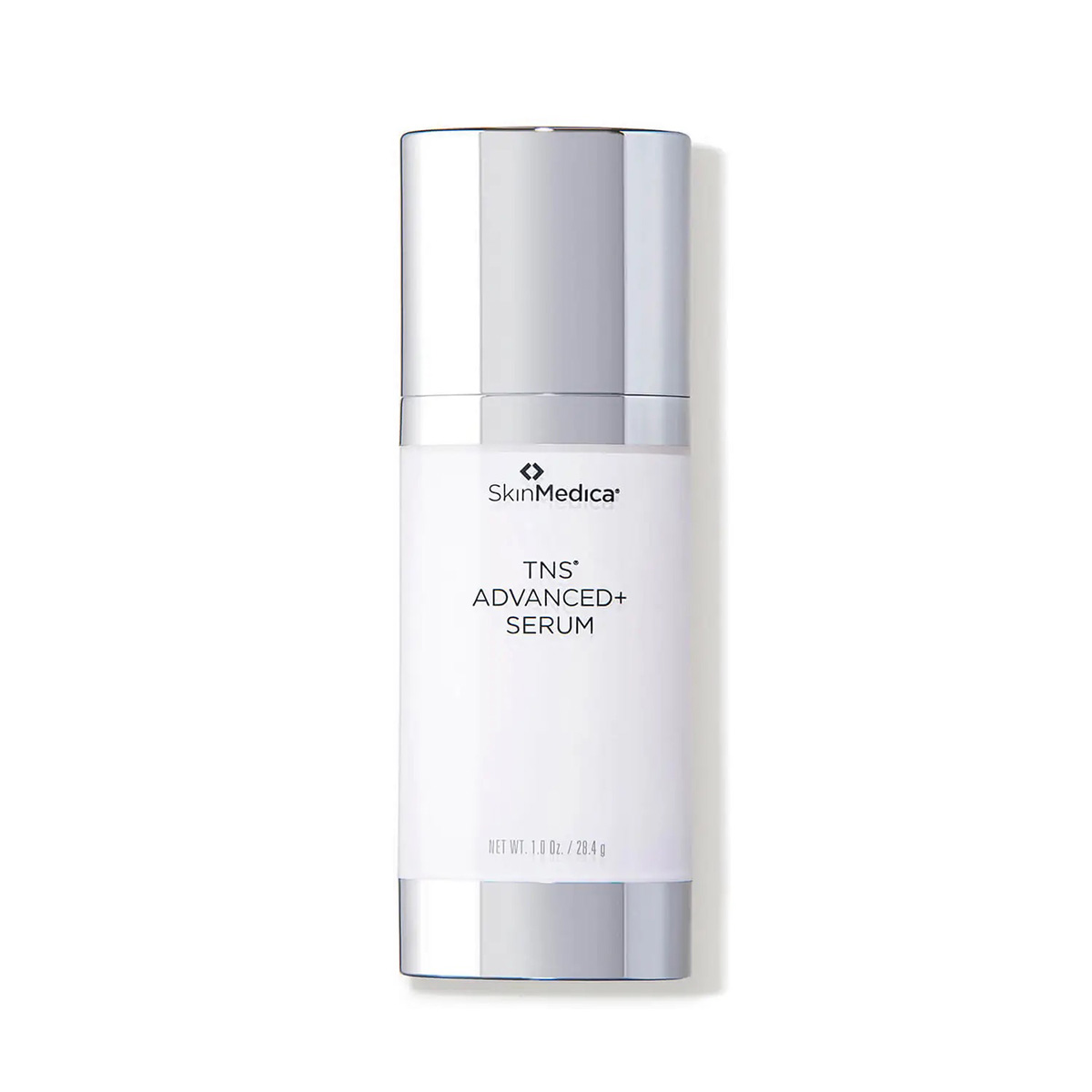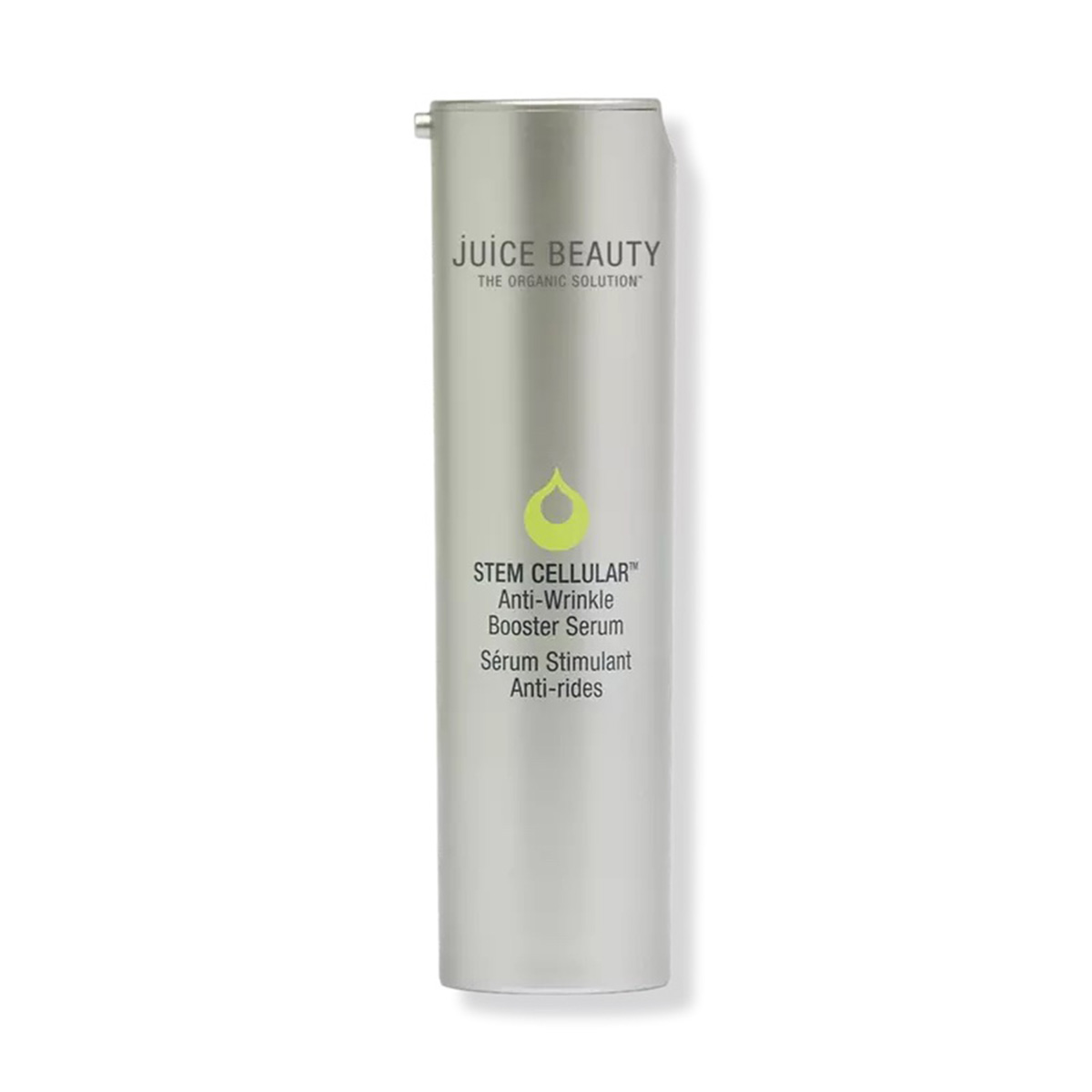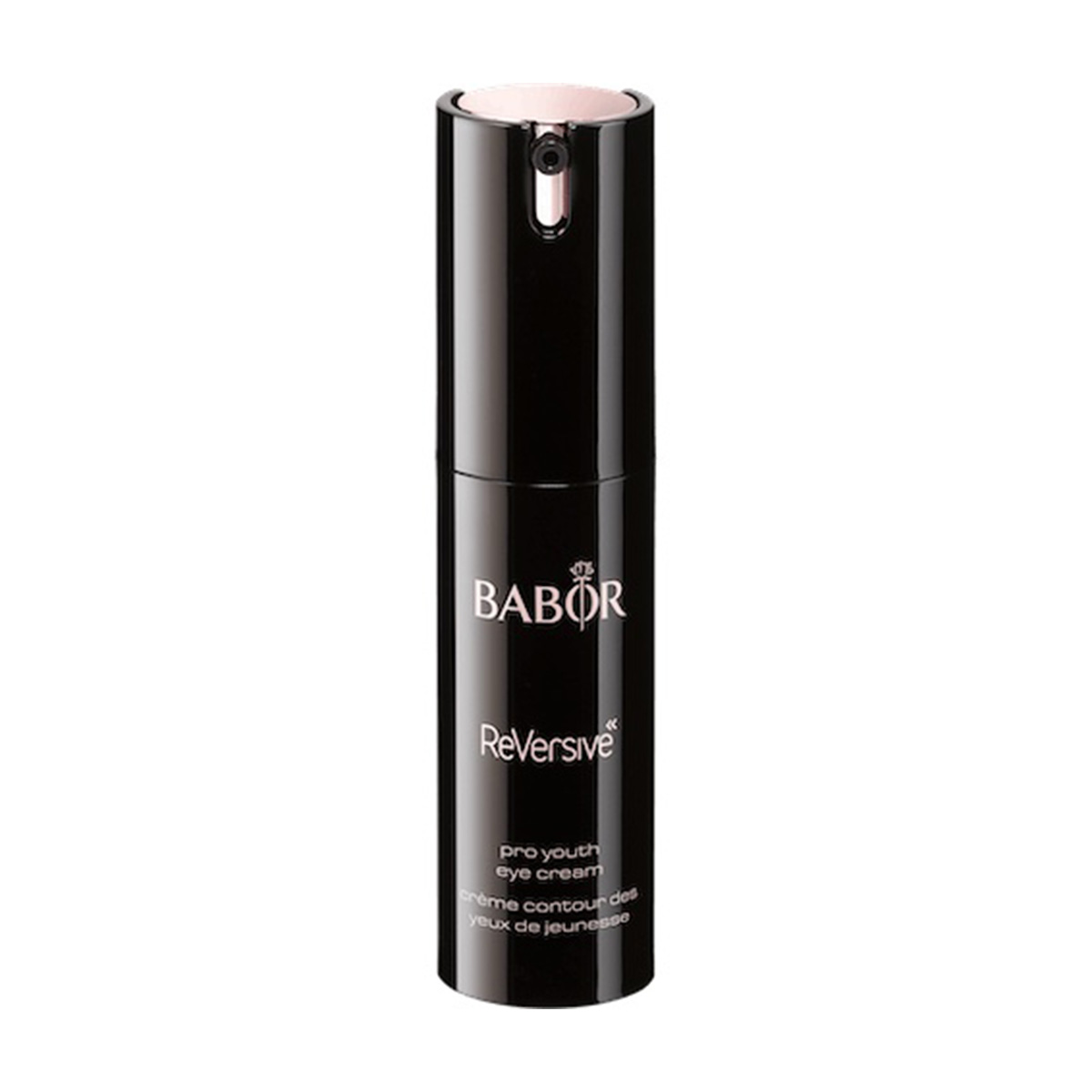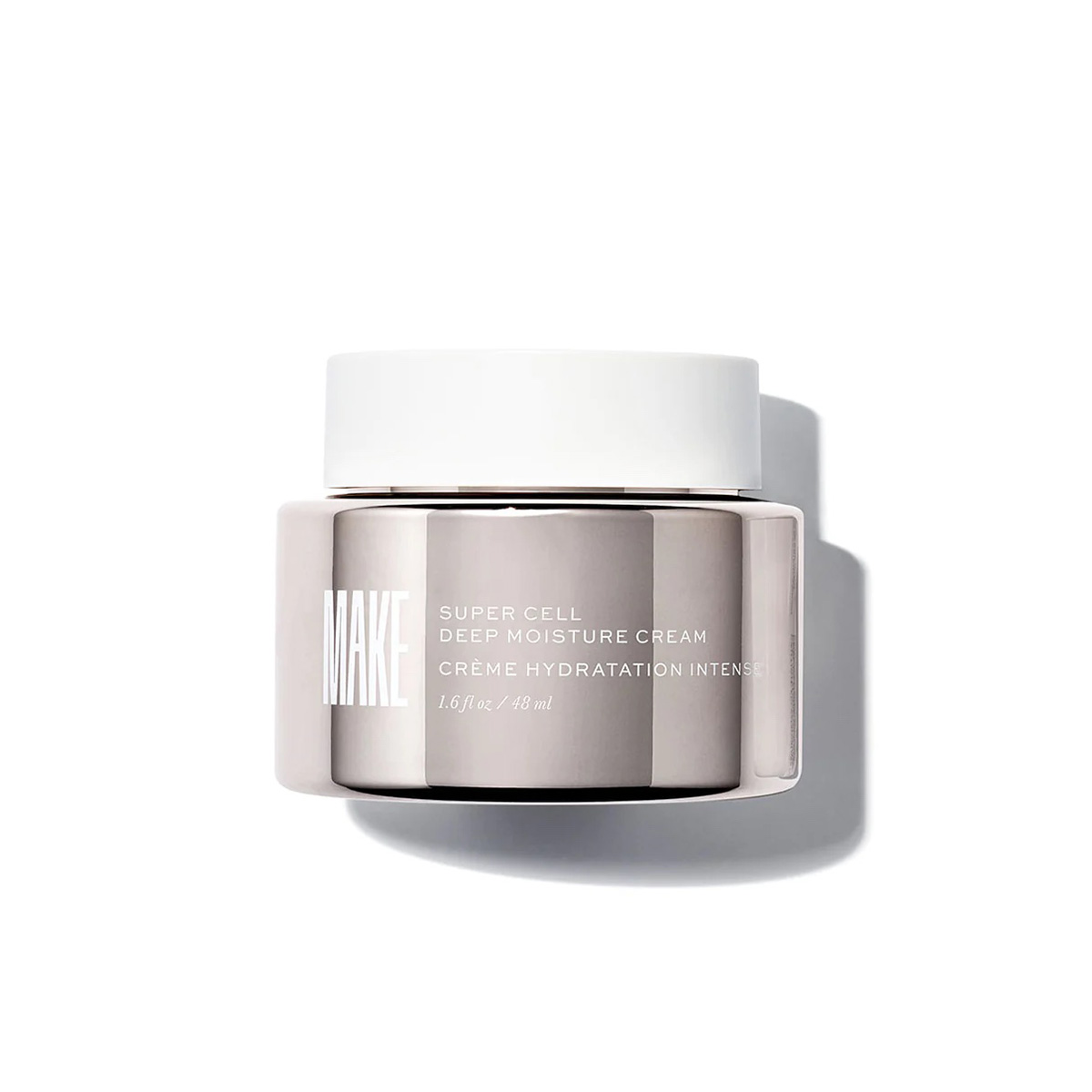Stem Cell Beauty Products Made Me Nervous—I Asked Experts My Burning Questions
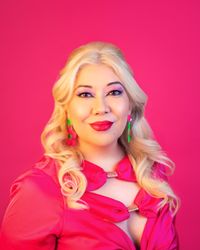
Despite the modern-day movement to embrace aging, there are still a lot of us who want to look and feel young. It’s an ongoing battle, and while innovations in the beauty industry have definitely helped us to slow down visible signs of aging like wrinkles and fine lines, I’m still on a never-ending quest to find the fountain of youth. Could stem cells finally be that missing key?
You have likely heard of or tried a beauty product that contains stem cells. If you’ve wondered what the real deal is with stem cells in beauty, you’ve come to the right place. Ahead, you’ll learn the different ways stem cells are used in beauty—be it skincare products or fancy in-office treatments—and find out whether the whole thing is really worth the hype. Keep scrolling!
But first, what are stem cells exactly?
In short, stem cells are the building blocks of the human body. They’re the only cells that can develop into any type of cell. According to the Cleveland Clinic, stem cells are unique because of their ability to "continuously renew and divide to make exact replicas of themselves.” They’re also the only cells that can "replenish or repair specific cell types.” This is what makes them particularly interesting to the medical community as well as the beauty industry.
Cardiologist Ernst von Schwarz, MD, author of The Secrets of Immortality and a pioneer in the field of stem cell research, believes that stem cells are poised to be the next major leap in medicine and beauty. He sees stem cells as having the capability of the "regeneration of collagen and regeneration of superficial skin cell layers that rejuvenate facial skin.”
There are three different categories of stem cells. Embryonic stem cells exist at the early stage of embryo development and can become any other kind of cell in the human body. Adult stem cells have already matured and can only make new stem cells for the part of the body in which they exist, like blood, bone marrow, lung, etc. Then there are induced pluripotent stem cells (iPS), which are lab-made and reprogrammed to resemble embryonic stem cells. According to the National Stem Cell Foundation, iPS are used in widespread research, drug development, and disease modeling.
How are stem cells used in aesthetic treatments?
Using stem cell therapies in aesthetic medicine is nothing new, according to Ava Shamban, MD, a board-certified dermatologist based in Beverly Hills. The concept has been around for decades, she says, but there are certain benefits, particularly in regenerative medicine, that have proven to be very important and effective since the cells are undifferentiated. "These cells can develop into specific characteristics of an organ or type of tissue to compensate or replace certain areas of damage within the body,” she says. "Ultimately, when programmed, the stem cells will turn into the cell type that is needed to replace the damaged or affected cells in that area. They are basically our repair kit where and when needed.”
You may know about PRP (platelet-rich plasma), or the vampire facial, but you might not have heard of PRF, or platelet-rich fibrin. The treatments are similar, in that they place the patient’s blood in a centrifuge to separate its layers, but PRP is spun at a high speed, causing the stem cells to go to the bottom. PRF is spun at a slower speed, allowing the stem cells, white blood cells, and fibrin to remain in the platelet. It is then injected into the skin, almost like filler, and helps with wrinkles and lines. Research has shown PRF to be more effective in improving skin texture and skin laxity than PRP.
Another way that stem cells are being used in aesthetic treatments is through "stem cell facelifts.” The process, which includes fat transfer from another part of your body, like the stomach, was known as the original filler, according to Shamban. "The issues are the super-sterile environment and the fact they need to be treated like an infant, as they are super fragile due to the architecture of these cells,” she says. When the fat was transferred, she says, the face would blow up or shrink. It was also unstable if the patient gained weight and was not easy to control due to the contouring effects and irregularities.
What about stem cells in beauty products?
Stem cells found in skincare products are pretty common nowadays, but it is questionable, according to both von Schwarz and Shamban. "There are lots of products already on the market that supposedly enhance the body’s own stem cells to rejuvenate skin and other tissues,” says von Schwarz, pointing to a lack of scientific data. "Stem cell therapy will change the beauty industry once controlled, randomized clinical trials are conducted by reputable scientists to demonstrate its clinical benefits in larger numbers of patients.”
Shamban points out that stem cells are simply too big. "The molecules have no chance of penetration unless wounding the skin channels with fractionated lasers, microneedling, microcoring, etc., to create a portal for the stem cell to enter,” she says. There are some experts who still believe stem cell infused skincare products can be effective, as clinical studies show that growth factors (the proteins in stem cells) stimulate collagen and play a role in wound healing.
What does the future look like?
One thing Shamban is excited about in regards to stem cells in beauty is mRNA technology, a single-stranded genetic molecule that "carries the instructions for protein synthesis within cells.” Shamban says new studies indicate impressive, longer-term benefits and efficacy in collagen replacement as well as more significant wrinkle reduction. "A new delivery system using extracellular vesicles has been the first to demonstrate that it can initiate and sustain collagen production for several months in the cells of photodamaged skin,” she explains. "This is in its infancy stages with much more research and development to come, but this will be the future for anti-aging treatments and procedures as well as topical skincare in the future.”
The best stem cell beauty products to shop:
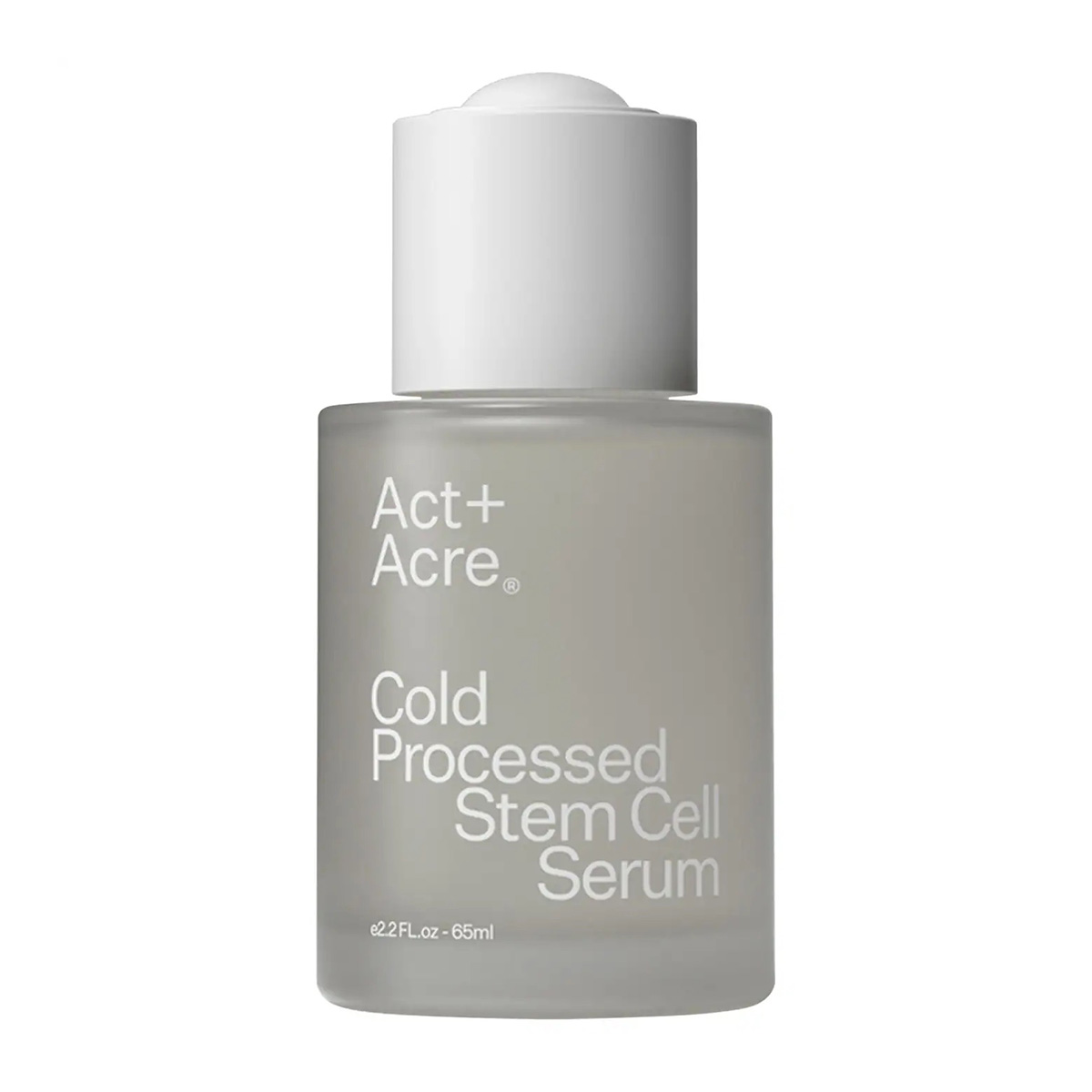
Interestingly, this scalp serum uses stem cells derived from apples to stimulate hair growth. (The brand also makes an incredible derma-roller for the scalp.) Additionally, the serum features aloe to soothe and plant extracts, like bamboo and pea, to help with the premature aging of hair follicles.
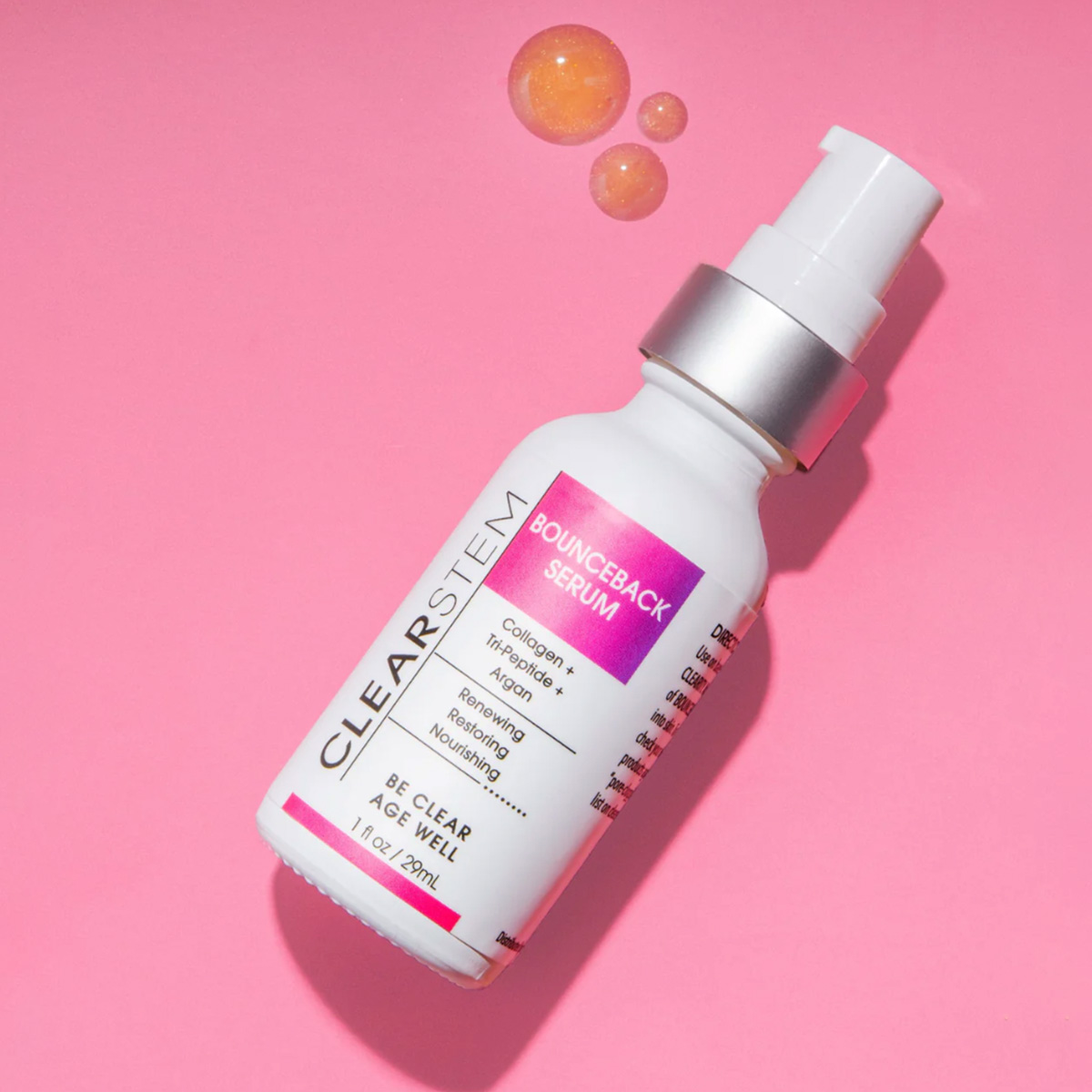
If you're someone who easily breaks out or gets clogged pores, you'll love Clearstem, as the entire line of products is made with non-pore-clogging ingredients only. This power-packed serum helps to reverse and prevent signs of aging and skin damage thanks to its concentrated stem cell formula.
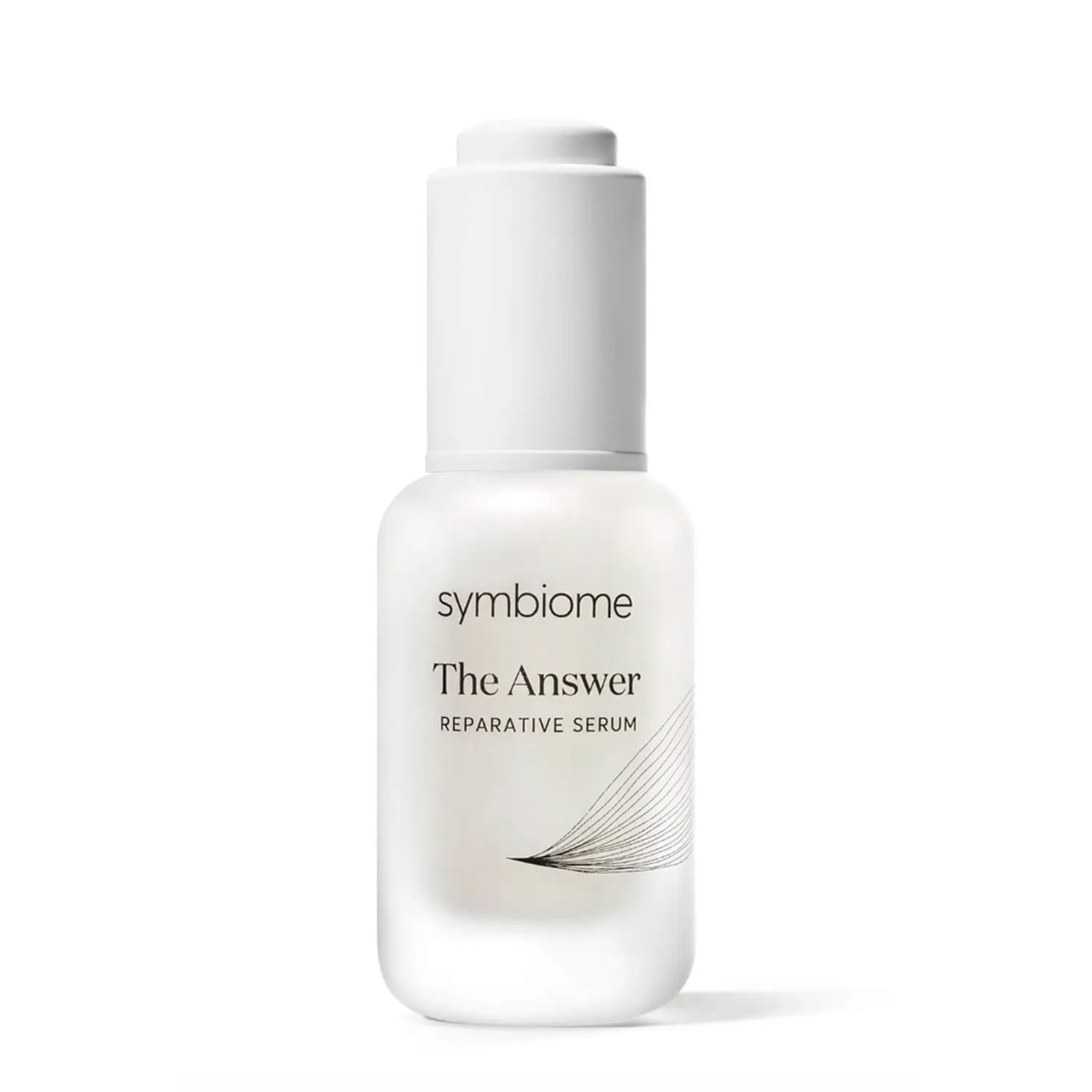
Editors and facialists alike call this amazing serum from Symbiome "Botox in a bottle." It blends natural compounds like polysaccharides, terpenes, and a postbiotic to condition and hydrate the skin, and regenerative peptides and exosomes tag-team to address collagen loss and cell degeneration.
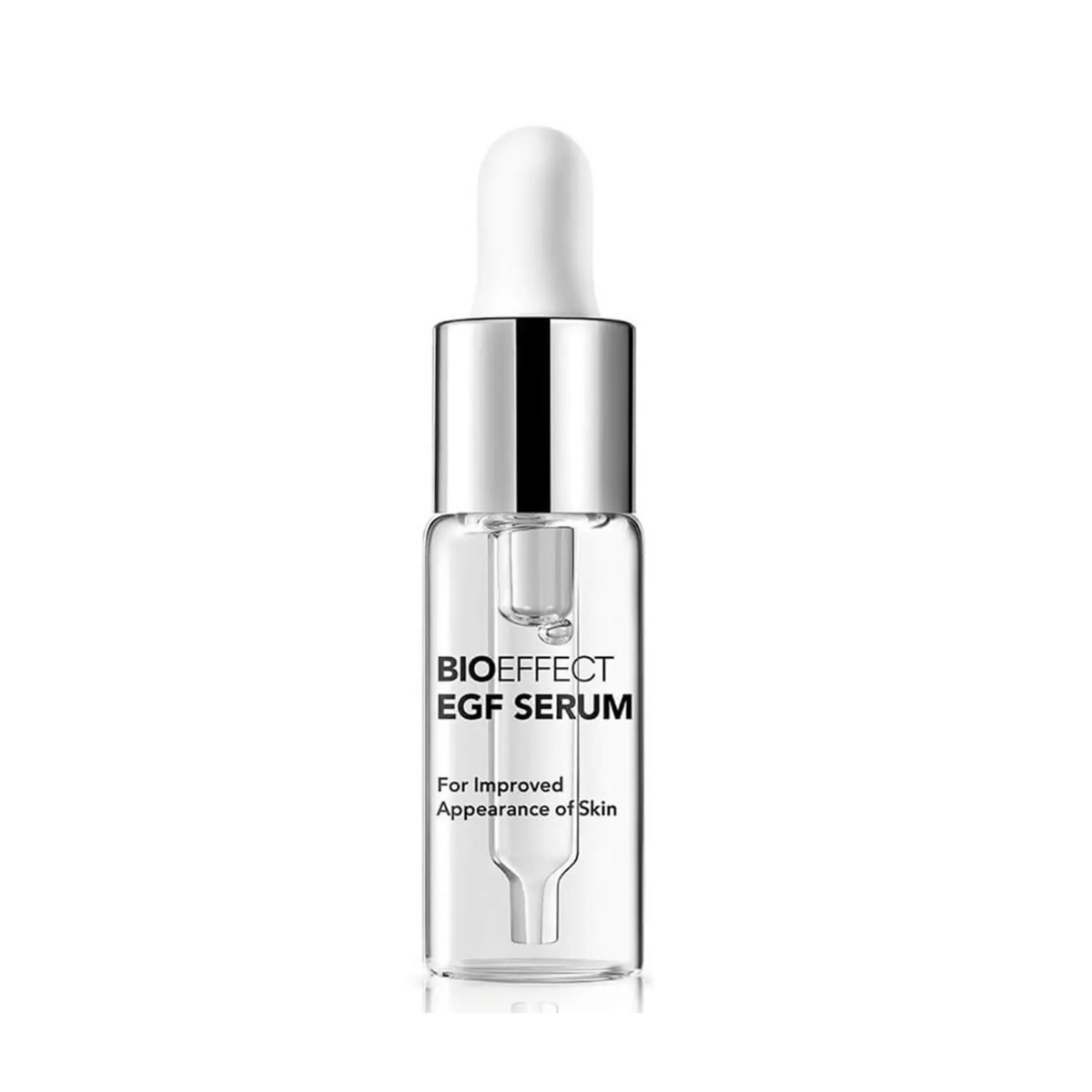
Interestingly, the masterminds at Bioeffect use special growth factors produced in barley (as they’re similar to human growth factors!), which reap major benefits when it comes to the production of elastin, collagen, and hyaluronic acid. Together, this gives skin a youthful, plump, and healthy look.
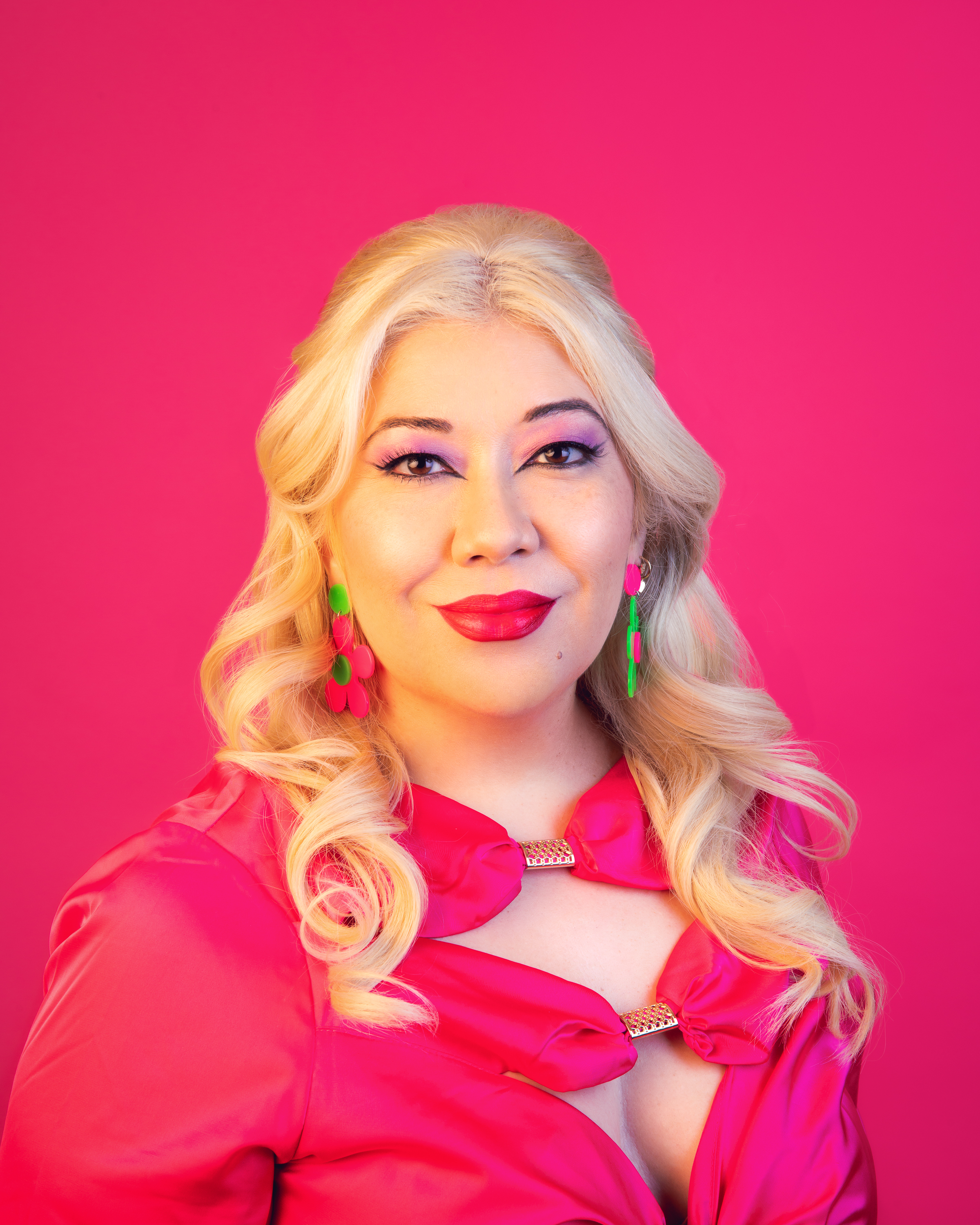
Marie has covered beauty, fashion, and lifestyle for almost 16 years. She contributes to the beauty section here atBest Knockoff Luxury Clothing . Previously, she was the Looks Editor for Bust Magazine, built the beauty vertical at HelloGiggles as its beauty editor, and was a founding staff writer at Rookie mag, giving fashion advice to teens. Her bylines have appeared in The Cut, Allure, Glamour, The Hollywood Reporter, and more. She was born and raised in Southern California and is based in L.A. Marie is a self-proclaimed costume design nerd and a co-host of Makeover Montage, a podcast about fashion in film and costume design.
